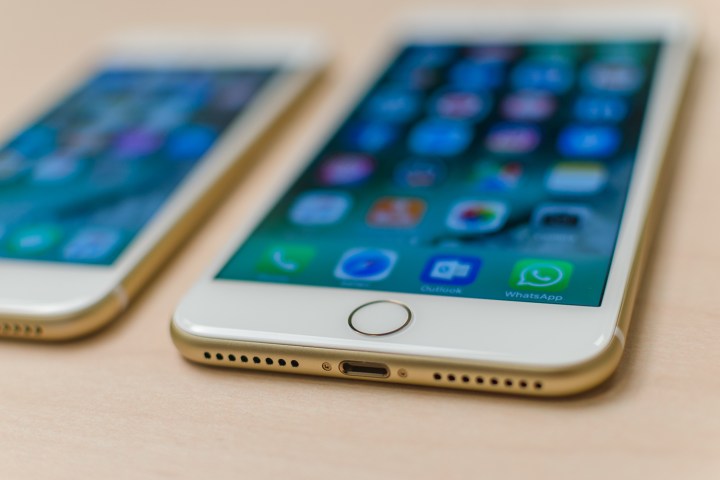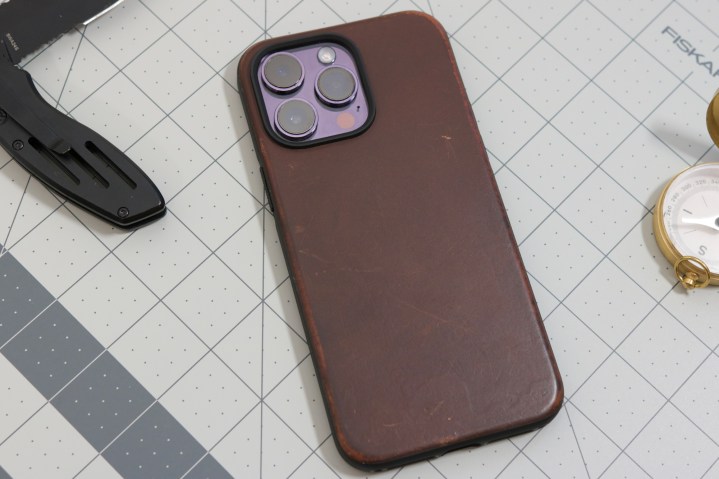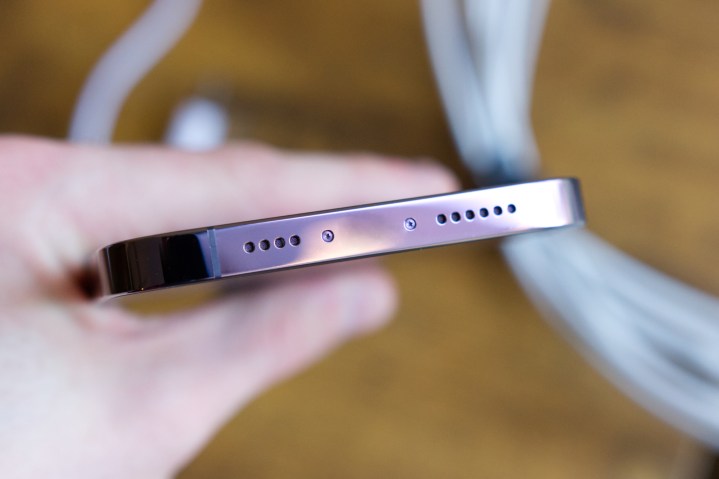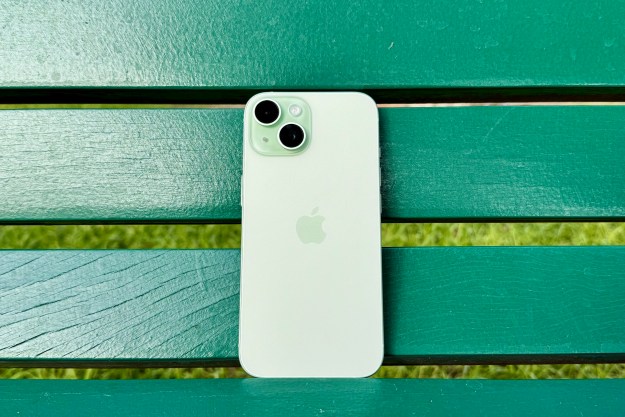When it comes to Apple’s iPhone, the rumor mill is pretty much nonstop, regardless of what time of year it is. Even though the iPhone 14 series came out just a few months ago, there’s plenty of speculation about the iPhone 15 coming this year — and even with the iPhone 16 that we should expect in 2024.
Though regulations with the European Union (EU) may be affecting the iPhone 15 by finally bringing USB-C charging to the iPhone, there are other big changes that might also be happening. That universal charging requirement may push Apple more towards having a portless iPhone instead, and another rumor suggests Apple may be replacing physical buttons with “solid-state” haptics instead. While this may sound cool at first, I see some potential issues with such a “feature.”
‘Fake’ buttons aren’t anything new for Apple

So you may be wondering, what the heck would a “solid-state” haptic button be? According to some speculation from Ming-Chi Kuo in late 2022, it’s suggested that Apple will put a Taptic Engine array on both vertical edges of the iPhone 15, meaning the left and right sides. With the current iPhones, there is only a single Taptic Engine used for notifications, typing on the keyboard, etc.
With the Taptic Engine, Apple would be able to simulate the feeling of a physical click on the hardware, in this case, an iPhone. This technology already exists on other Apple devices — the glass trackpad on MacBooks, for example, doesn’t actually press down when you click. Instead, it offers vibrating feedback when you tap on it, simulating the feeling of an actual button.

Apple has also already done this before on the iPhone with the Home button since the iPhone 7. Previous to the iPhone 7, the Home button was an actual button that would depress when you pressed it. But when it changed to a haptic button, it would simulate the feeling of a click, but it never actually depressed like previous Home buttons.
So you may be thinking, “Well, Apple did this before on an iPhone, and there was no problem then.” Yes, but that’s because the Home button was always exposed, even if you put a case on. If Apple moves away from physical volume and power buttons, things stand to become a bit more complicated.
Why a button-less iPhone makes me worried

While it may be innovative for Apple to go this route with the volume and power buttons, I personally don’t think it’s the best way to go. I have no issue with physical buttons, and I just don’t see the point in replacing buttons with something that simulates a button press. I enjoy the feeling of the click (I also prefer mechanical keyboards over flat, quiet keyboards like Apple’s own Magic Keyboard), and the idea of taking it away just doesn’t sit well with me.
The idea of taking away physical buttons just doesn’t sit well with me.
I also think it’s another potential point of failure — what if your device has a defect or flaw in the Taptic Engine? How would you restart your device if you need to do that every so often because of software bugs? The average person would know how to restart an iPhone or iPad with physical buttons, and if those aren’t working because of a failure in one of the Taptic Engines, then what? I suppose one could enlist the help of Siri through a voice command, but I’m not sure if that’s a very widely known tip.
Look, as much as I love innovation in tech, I dislike the fact that we’re always moving away from buttons. For example, Teslas don’t really have physical buttons on the dash because everything is on a touch screen. I’m not sure about everyone else, but I, for one, like having physical buttons in my car. It’s muscle memory, and much easier to adjust something without having to look away from the road.
It’s the same with my iPhone — I like to be able to easily adjust the volume or double press the power button for Face ID things without having to look at my device to make sure my fingers are where they are supposed to be. I’m not sure if Apple will also be getting rid of the mute toggle, but it would definitely be harder to differentiate between the volume up and volume down buttons, for example, if they sat flush on the edge.
What about cases and gloves?

Another concern I have with solid-state buttons is this: how would cases work? A lot of the cases that I’ve used have covers for the volume and power buttons. If Apple goes with a solid-state button design, how is that going to work with cases if you want extra protection? You’d need to leave an entire cutout to be able to access those buttons, which I think would look ugly, or make it work somehow with the sensors.
Another problem that may arise is when someone wears gloves and needs to access the buttons. If you can’t actually press down on them, and they use sensors for the Taptic Engine, how would that work with gloves? Sure, you could just take your glove off every time you need to access the volume and power buttons, but that seems less than ideal to me, especially when it’s freezing.
Perhaps I’m overthinking it, but as someone who always uses a case on the iPhone (I have a case of butterfingers), I’m really anxious about how cases will be compatible with solid-state buttons on the sides. Maybe it won’t be an issue at all, but it’s something that’s top of mind.
Apple, you don’t need to remove everything

It started with the headphone jack many years ago, and then countless Android manufacturers also followed suit. Then Apple removed the Home button, although for the better, in favor of Face ID for biometrics. Again, many Android phones also went that route with slimmer bezels and face recognition. Now there are talks that Apple may make a portless iPhone in the future, and the iPhone 15 may not even have actual buttons anymore if these rumors are true.
As much as I like Apple, I very much don’t like removing perfectly functional things like buttons for the sake of innovation. Not only do physical buttons provide a nice click feeling when pressed, but they’re also very useful for things, like resetting your device. They just work.
Editors' Recommendations
- One of the most iconic iPhone accessories is back — and it’s great
- Are you having iPhone alarm problems? A fix is coming soon
- Apple is about to do the unthinkable to its iPads
- Nomad’s new iPhone case and Apple Watch band may be its coolest yet
- An Apple insider just revealed how iOS 18’s AI features will work



